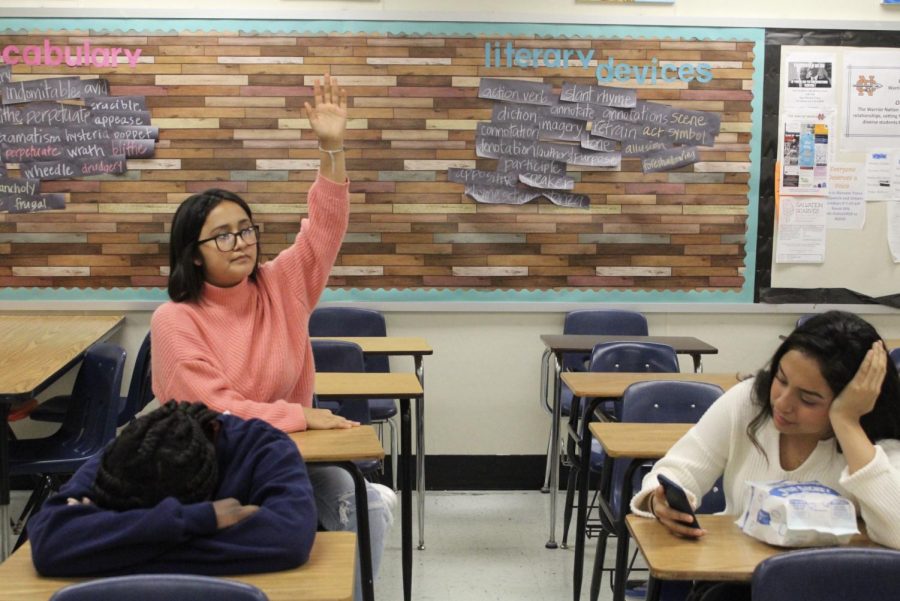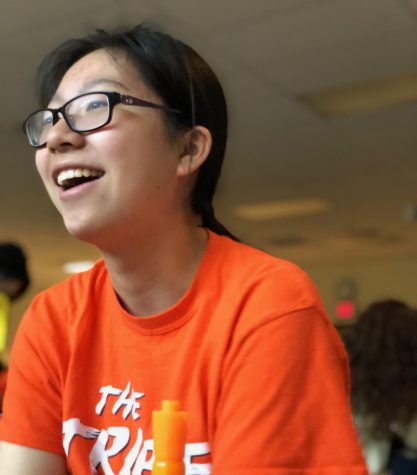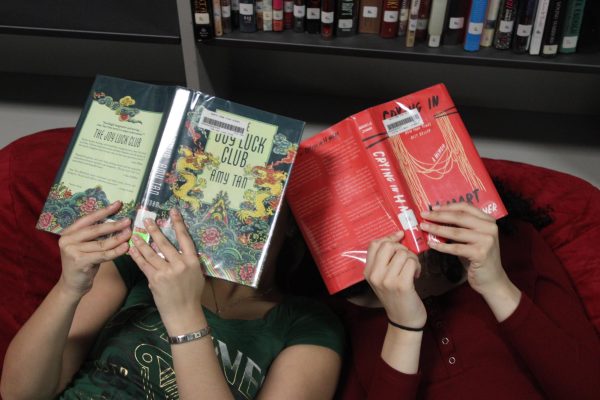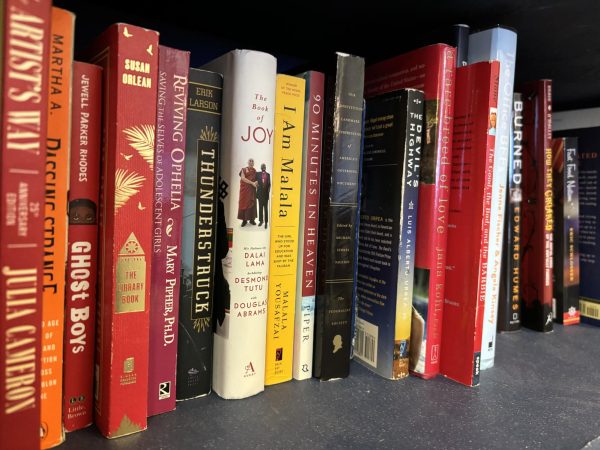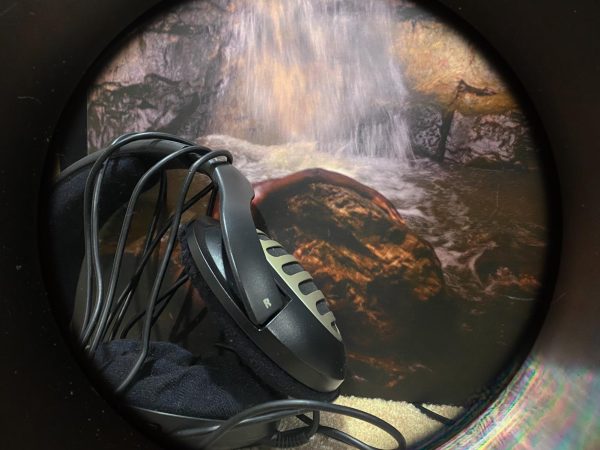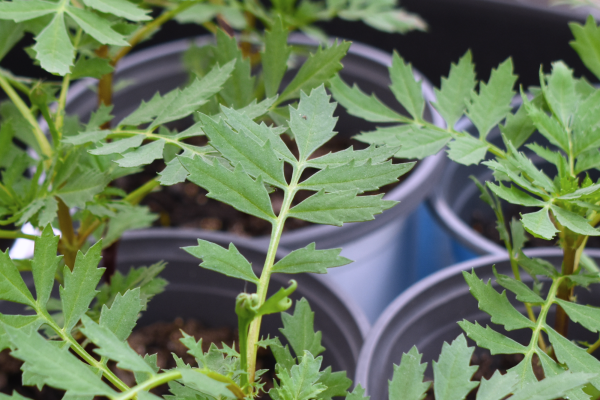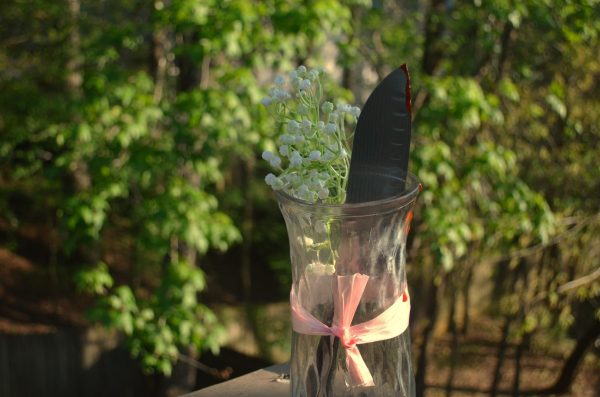Types of students at NC
NC contains a great diversity of students: depending on their characteristics and personalities, every classroom could include at least one person who sleeps through lectures (The Sleepers), another that loves to talk (The Teacher’s Pets/Class Clowns), or yet another that constantly stares at their phones (The Slackers). No matter what type of stereotype group the students belong to, they play a huge part in the high school experience.
December 3, 2019
NC holds one of the most diverse student bodies filled with all different kinds of personalities and characteristics that brings everyone together. In class, one may notice the different cliques that each student belongs to: on one side of the room, there sits the person who achieves all standards, while on the other side sits the person who sleeps throughout the entire class. Nonetheless, The Chant has categorized each distinctive type of students present in the classrooms of NC.
The Teacher’s Pets/Know-It-Alls: This person loves to raise their hands for every single question the teachers ask. One may find these types of students quite annoying, as they sometimes refuse to let any of their peers talk. Whether the teacher enjoys it or not, one will usually find this kid at the beginning and end of class always attempting to converse with and befriend the teacher; the teacher’s pet may even turn into another stereotype characterized as the know-it-all, where they strive to become better than anyone else. The know-it-alls enjoy showing off their skills in certain subjects to impress their peers and the teacher. This can, however, produce the side effect of correcting not only their classmates but also their teachers, which can become extremely annoying.
The Sleepers: Ever notice that one student in the class who will sleep from the tardy bell to the dismissal bell? Every time you turn around, they are slumped on their desk, motionless. The Sleepers rarely complete their assignments, causing them to perform poorly in their classes. Do they not sleep at home? How do some teachers not care or notice most of the time? How do they sleep through commotion? One may never know.
The Class Clowns: Two types of class clowns exist: one that everybody loves and one that everybody hates. The first type of class clown goes out of their way to make classes much more fun for their classmates: they love bringing smiles to their peers’ faces as even several teachers love their entertaining personalities too. The second type of class clown, however, constantly annoys and maintains a disrespectful attitude until both the students and teachers grow tired of them.
The Silent Ones: These students never talk in class and a majority of the students probably forget they even exist. Their peers might not even notice their presence in the class until the end of the semester because they tend to hide in the back of the class, either staring into space or on their phone. Nobody knows what his/her voice sounds like and even when the teacher tries to call on them in class, one can not actually hear what they said.
The Slackers: This type of student tends to accomplish absolutely nothing in class. They either play on their phones or talk the entire time in class. When it comes to group work, everybody scatters in the opposite direction from these types of kids. Slackers never understand anything that goes on in the class and will partake in anything except their classwork. Whoever ends up working in a group with them for an assignment: good luck.
The Popular Kids: Also characterized as natural-born leaders, these people tend to familiarize themselves with everyone in their class. As almost all would agree, their classmates look up to them and their ability to lead. This stereotype usually pertains to athletes or the more outgoing, attractive group of kids at school. Popular kids involve themselves in several clubs and events so that their friend group increases in numbers, allowing more communication around the school.
The Procrastinators: These kinds of students may mix in with another type of stereotype listed above, however, although they may wait until the last minute to start their projects/homework, they still tend to receive a high grade on their work. One can recognize classmates that fit into this definition as they love to tell others, “I do my best work under pressure.” Unbeknownst to the majority of the people on how they perform this way, the class would love to own a brain like theirs.
No matter what group a student belongs to, they play an important role in a high school community. Without class clowns, students will not enjoy their classes as much. Without popular kids, students may find it more difficult to efficiently communicate with others. As much as one group may find the other group irritating, every high school possesses the different personalities of each student.




